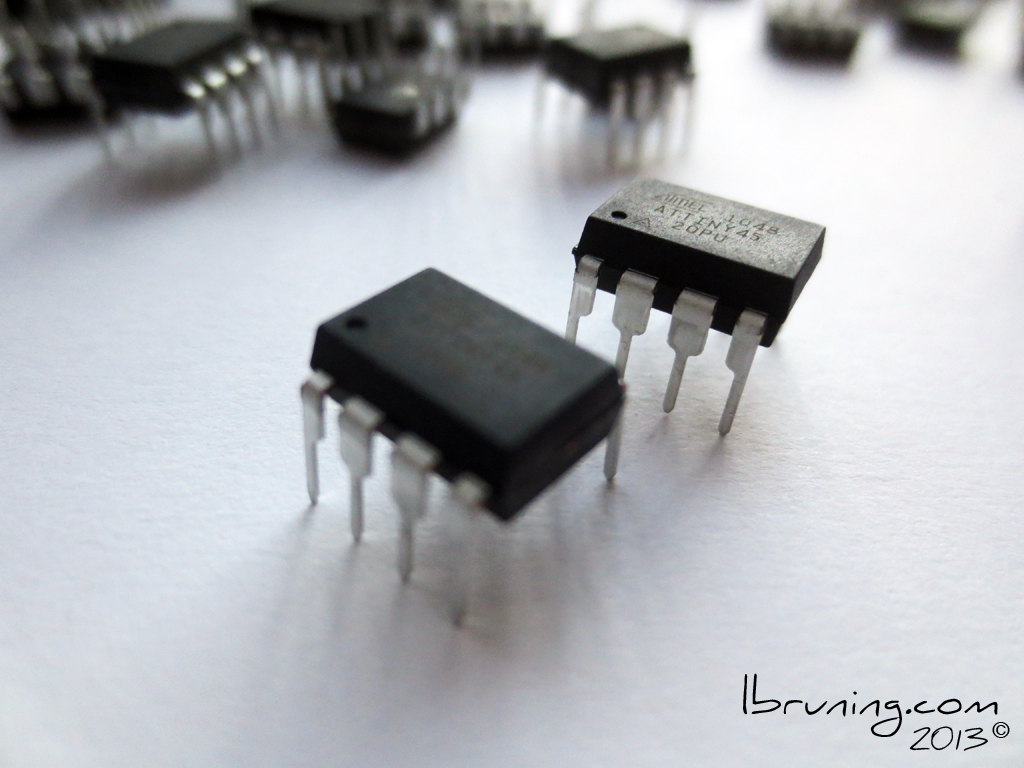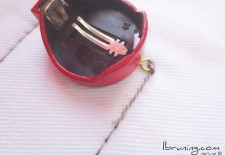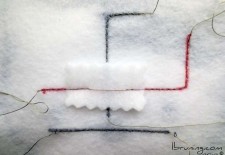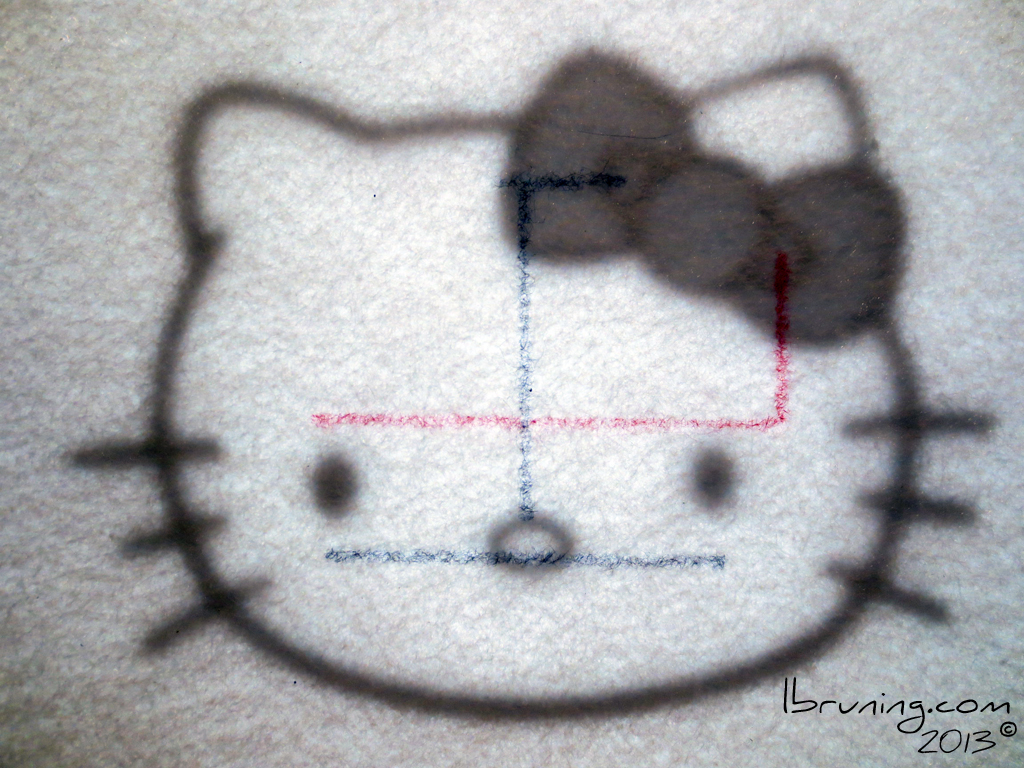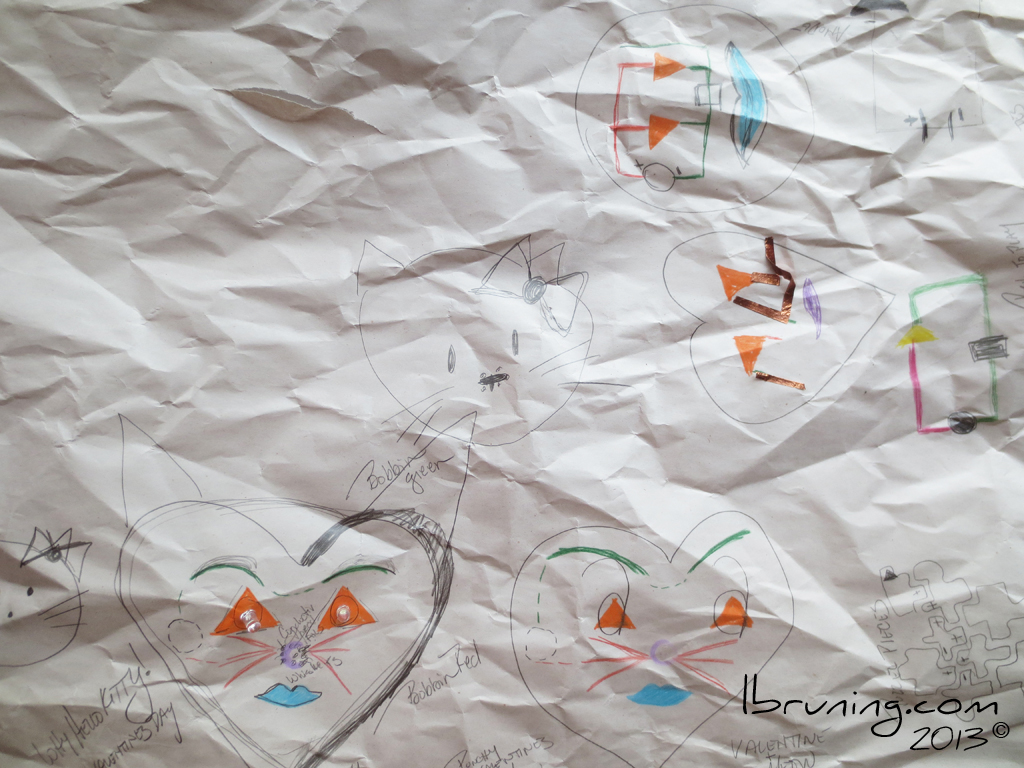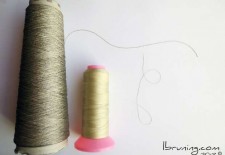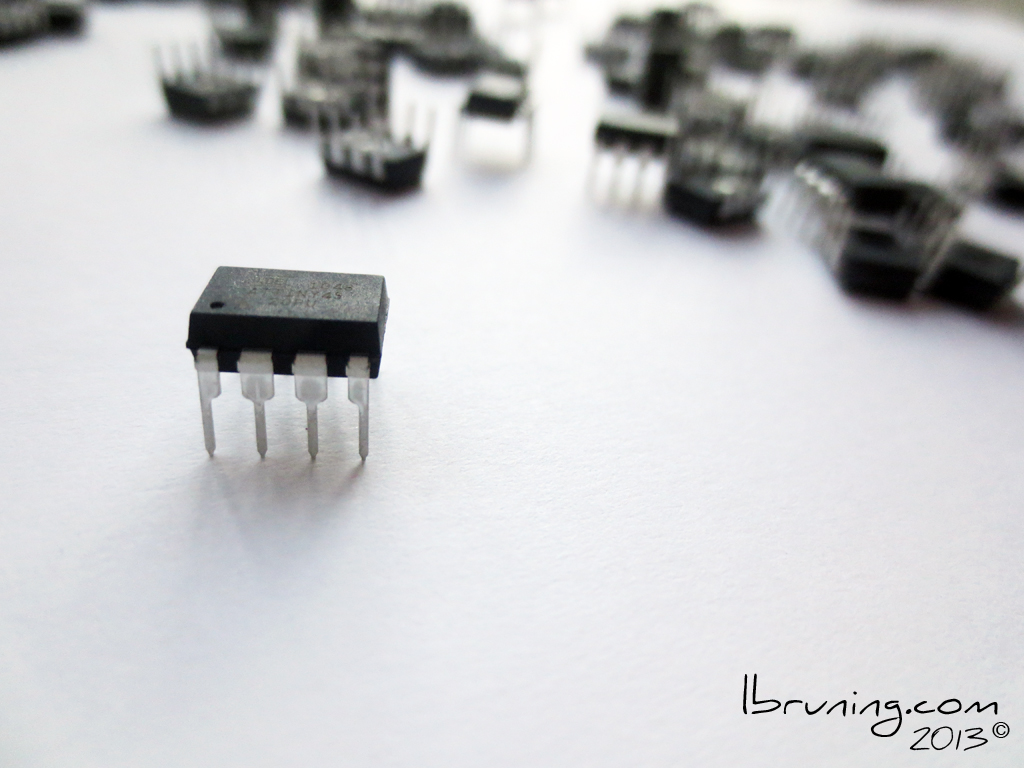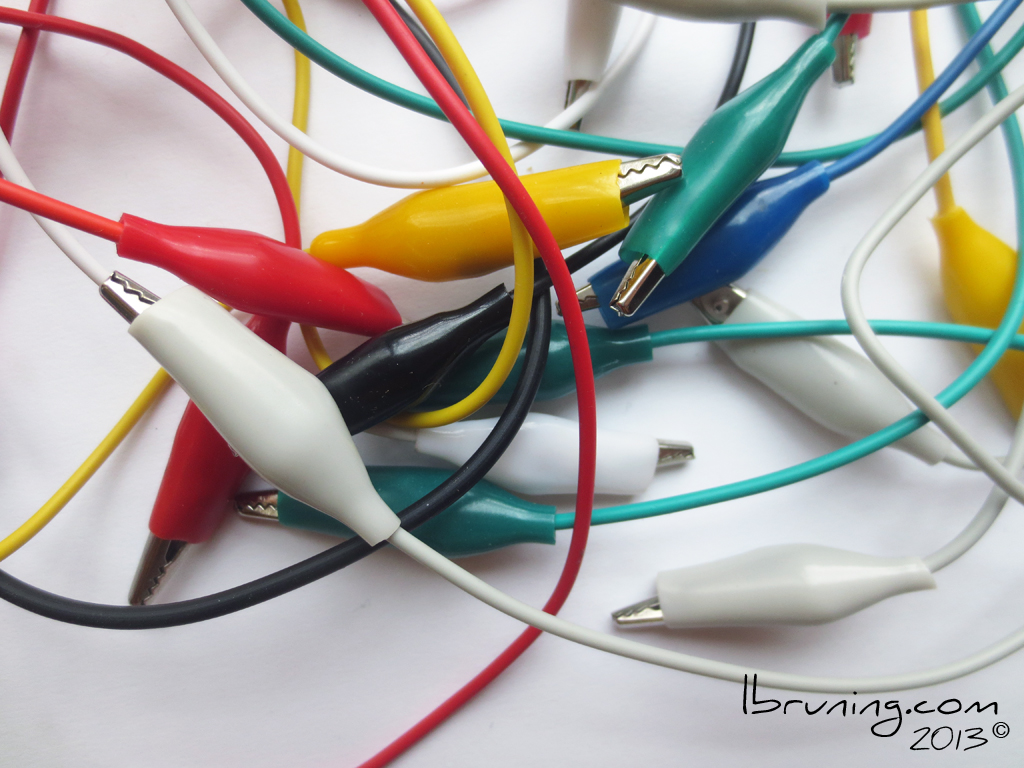ATtiny45 – Arduino as ISP
Ying Yang After a day of textiles I am programing ATtiny45’s to use at the Tasmeem workshop in March. ATtiny45’s can be easily programed using your arduino. Just follow the tutorial at MIT Media’s High-Low Tech Lab. Data sheet found from Atmel. You can purchase 100 for $63 USD at digiKey
Read more ›
